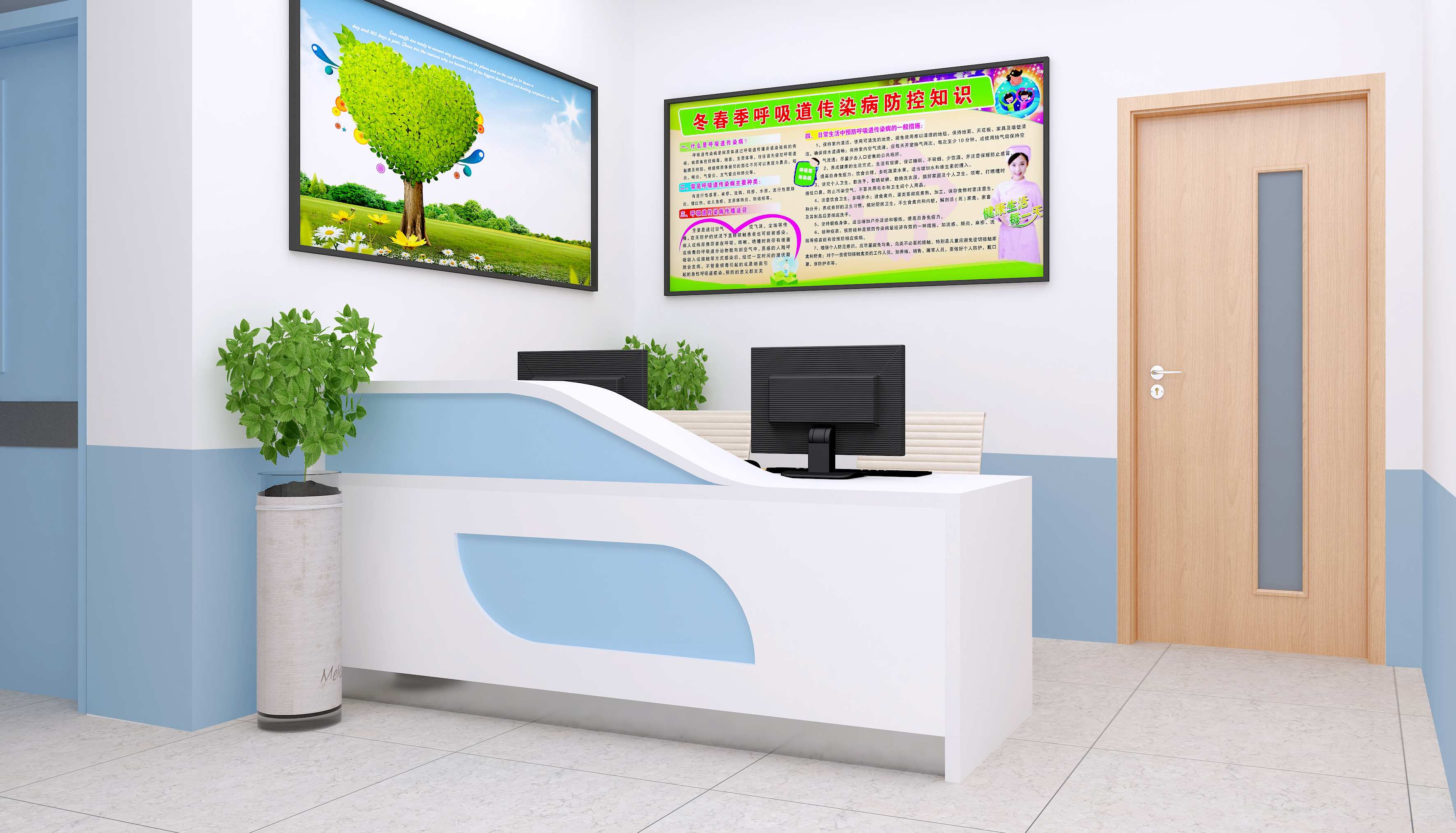In hospital space design, although the nurse station is not very conspicuous, it is an indispensable "nerve center" in the medical process. Data shows that more than 90% of tertiary hospitals choose standardized nurse stations. The logic behind this is not complicated - standardization is the embodiment of efficiency, standardization and safety.
1. Core advantages of standardized nurse stations
(1) Strictly follow medical standards to ensure safety and efficiency
The design of standardized nurse stations is based on national industry standards such as the "General Hospital Building Design Code" to ensure that functional zoning (such as medication area, nursing record area, patient reception area) is scientific and reasonable, reduce ineffective movement of medical staff, and improve work efficiency. For example:
U-shaped or L-shaped layout: shorten the nurse's walking path and improve response speed;
Standardized height (85-90cm): ergonomic and reduce occupational injuries;
Anti-bacterial and anti-collision materials: such as antibacterial artificial stone countertops and seamless splicing technology to reduce the risk of infection.
(2) Industrialized production, stable and controllable quality
Standardized nurse stations are produced in a modular manner, and all components (cabinets, countertops, circuit interfaces) are strictly inspected to avoid the common dimensional errors and substandard materials of customized products. For example:
During the renovation of a tertiary hospital, after comparing the customized solutions, it was found that the installation error rate of standardized products was less than 1%, while customized products were reworked many times due to manual measurement deviations;
Bulk purchasing can reduce costs by 20%-30% and shorten the delivery cycle by 40%.

2. Why is it difficult for personalized customization to become mainstream?
Although personalized nurse stations have a certain market in high-end private hospitals or specialty departments (such as pediatrics and VIP wards), they still face challenges in large-scale promotion in tertiary hospitals:
High cost: customized design and non-standard production lead to a cost increase of more than 50%;
Uncontrollable construction period: long measurement, production and installation cycles affect the normal operation of the hospital;
Difficult maintenance: special size accessories are difficult to replace, increasing the cost of later operation and maintenance.
In the professional medical space, "standard" is not a rigid template, but an "optimal solution" after continuous optimization. The choice of standardized nurse stations by tertiary hospitals is a dual pursuit of efficiency and quality.